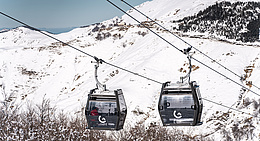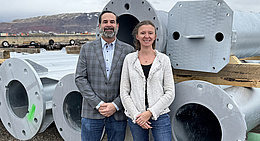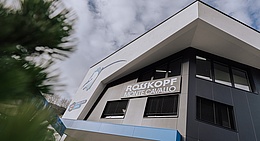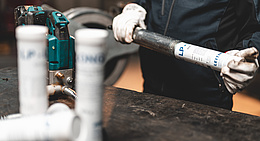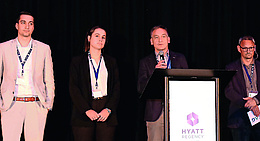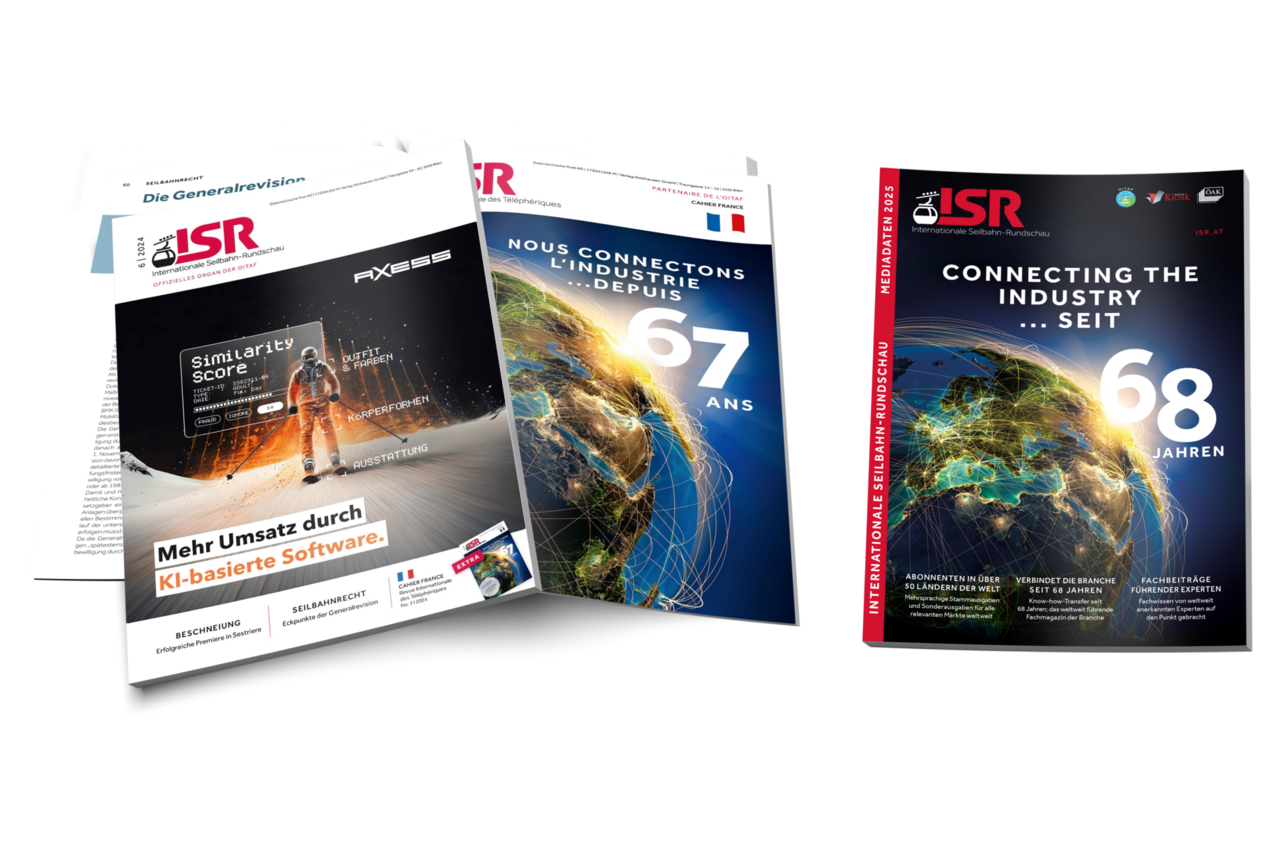ISR conducted the following interview with Skistar’s CEO Stefan Sjöstrand and Neveplast’s CEO Niccolò Bertocchi about their experiences with artificial slopes to date, the demands made of the material and the future potential for dry skiing.
ISR: Skiing is generally associated with snow and winter. What were your reasons for building a 9,000 m² artificial slope for summer skiing in the middle of Stockholm?
Stefan Sjöstrand: SkiStar used to be a company focusing only on winter and downhill skiing. But a couple of years ago we decided to change our strategy and transform into the leading holiday operator for Scandinavia, offering memorable experiences all year round. We knew that Stockholm Hammarbybacken, with its unique position in the city center, would be a perfect place for an innovation hub where we can develop and test new activities and attractions for both visitors and the local people like summer skiing in the form of SkiStar SummerSki.
ISR: Mr Sjöstrand, what kind of visitors come to SkiStar SummerSki at Stockholm Hammarbybacken?
Stefan Sjöstrand: We only opened SkiStar SummerSki in September 2022. We had quite a few young people, mainly from the region, visiting us either alone or together with their families. They enjoyed the opportunity to try out skiing and develop their skills even when it’s not winter. We also had some good partnerships with schools, and for many of the students it was their first time on skis. Now we are looking forward to re-opening SkiStar SummerSki at the end of winter and to our first full summer season.
ISR: Mr Sjöstrand, 9,000 m² is a big area. What were your specifications for the material?
Stefan Sjöstrand: We wanted a slope with a surface that has similar characteristics for skiing as snow. Also, we were looking for a manufacturer with a sustainable approach to working with plastics so as to limit carbon emissions as far as possible. Neveplast offered to deliver a plastic material that is 50% recycled, which we found very satisfying from the start.
ISR: Mr Bertocchi, how was the material for the Hammarbybacken slope developed?
Niccolò Bertocchi: The people at Skistar were especially impressed by the characteristics of NP 30 Freeski, which is ideal for skiers and riders of all levels. Based on SkiStar’s requirements, we developed NP 30 FreeskiSustainable especially for them as a product that combines the advantages of NP 30 Freeski – like easy skiing and snowboarding on fun snow – with sustainability. Hopefully this will be the first of a long series.
ISR: How does skiing or snowboarding on Neveplast Freeski products differ from natural or artificial snow?
Niccolò Bertocchi: Our mission is to make winter sports more popular by providing people interested in skiing and snowboarding with slopes in cities and wherever there is no snow cover. To generate the necessary credibility, we rely on materials with properties that are as close as possible to those of natural snow. We are convinced that Freeski is a revolutionary product in the world of dry skiing. Freeski is easy, fun and intuitive. Snowboarders especially are highly enthusiastic! Anyone who wants to test Freeski is cordially invited to visit us at our company headquarters in Bergamo (Italy). They won’t regret it!
ISR: Mr Sjöstrand, Stockholm is relatively far north. How is the artificial slope used or groomed after a heavy snowfall?
Stefan Sjöstrand: In winter we offer conventional skiing on natural snow, and our groomers operate in the normal way. So as not to damage the plastic surface of the mats, we use a GPS snow depth measurement system, and that has worked very well this winter with both natural and man-made snow.
ISR: Mr Sjöstrand, Mr Bertocchi: Where do you see the potential for artificial ski slopes?
Stefan Sjöstrand: We see them as an additional offering for the summer season rather than as a replacement for skiing on snow. We are being affected by climate change as well, of course, but the latest research shows that we will continue to have cold weather and snow in the northern part of Sweden, where our destinations are situated. Skiing on artificial slopes is basically an activity for those times of the year when there is no natural snowfall or the temperatures are too high for the use of snow guns.
Niccolò Bertocchi: In view of climate change with warmer winters and less snow, I am becoming more and more convinced that dry skiing can be a tool to help ski resorts guarantee and extend their seasons and even move in the direction of all-year operation. Also, creating ski slopes in or near urban centers to teach children and beginners how to ski is one of the most effective ways to bring new skiers to the ski areas in the mountains. Last but not least, Italy will be hosting the Winter Olympics in three years’ time, and I sincerely believe that Neveplast can do a lot to promote interest in winter sports in the cities.
ISR: Thank you for the interview!
The interview was conducted via email in early March 2023.
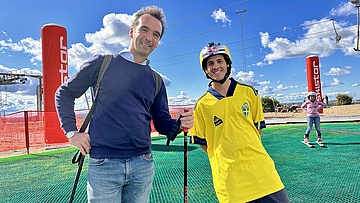
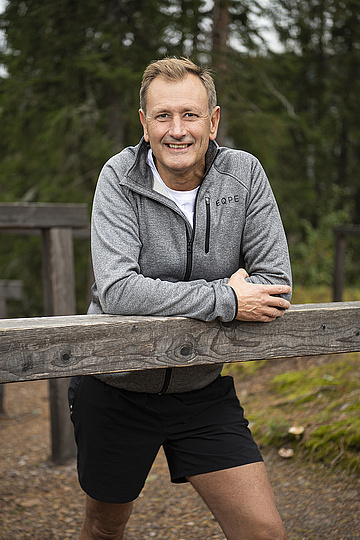
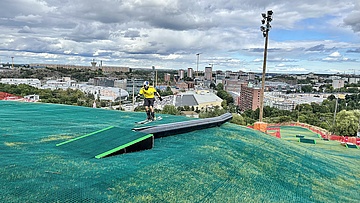
![[Translate to English:] Foto: Leitner](/fileadmin/_processed_/a/8/csm_Vertragsunterzeichnung_Narvik_6_copyright_LEITNER_print_501f2d5c24.jpg)
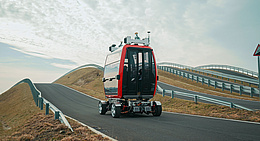
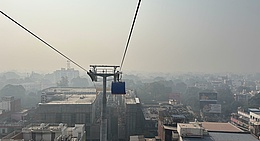
![[Translate to English:] (c) Doppelmayr](/fileadmin/_processed_/b/3/csm_85-ATW_Stechelberg-Muerren_Lauterbrunnen_CHE_001_6442c0520d.jpg)

